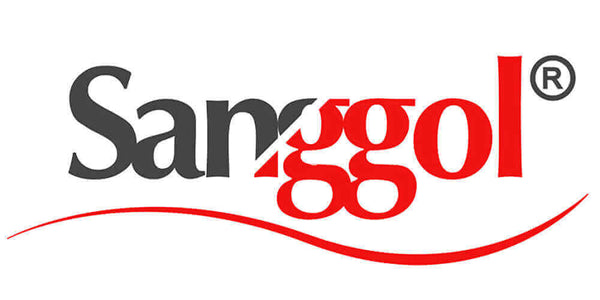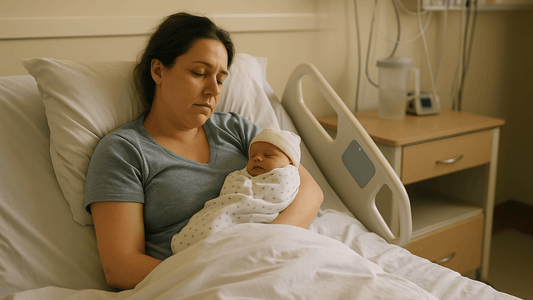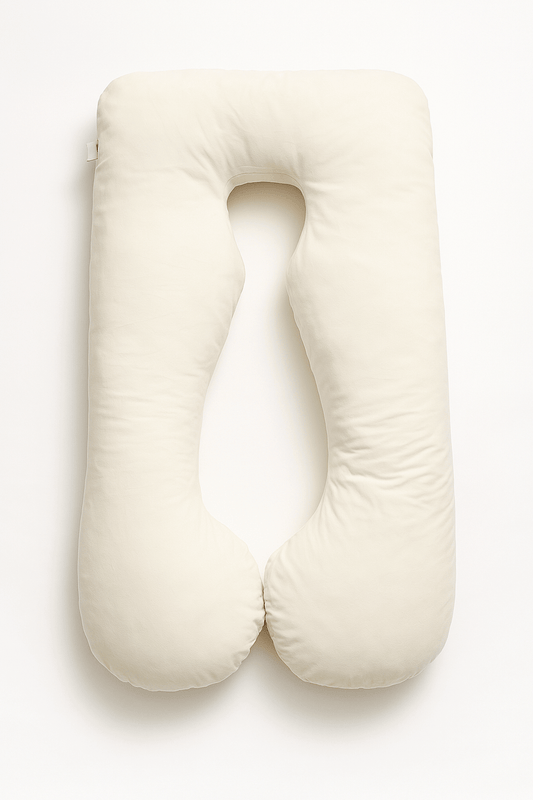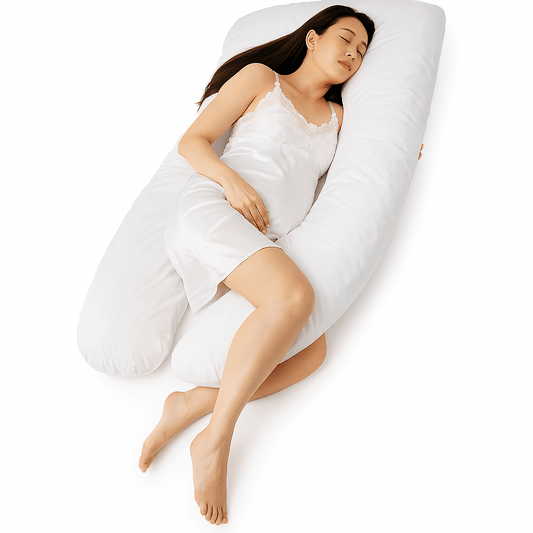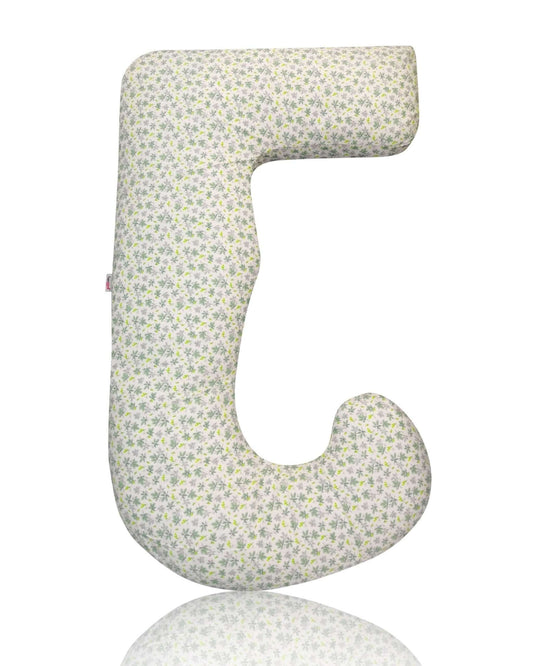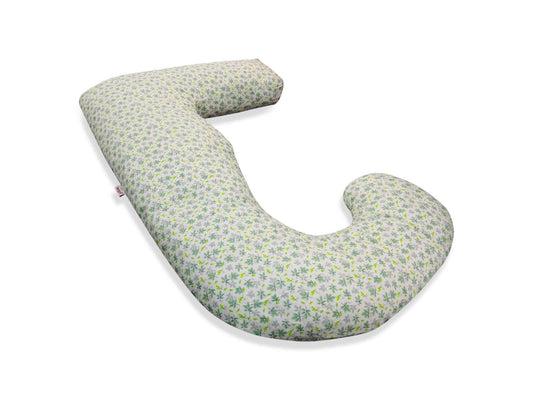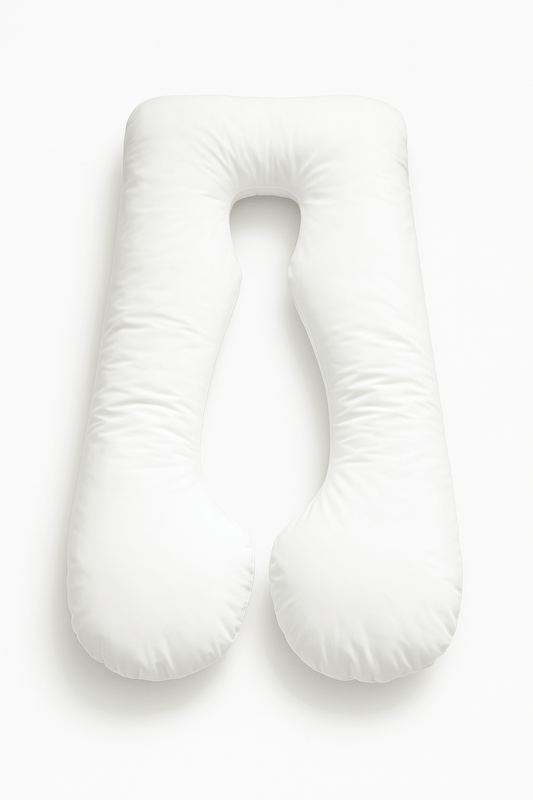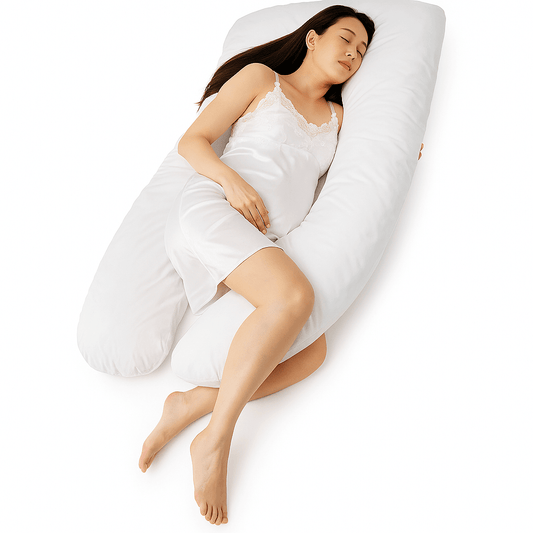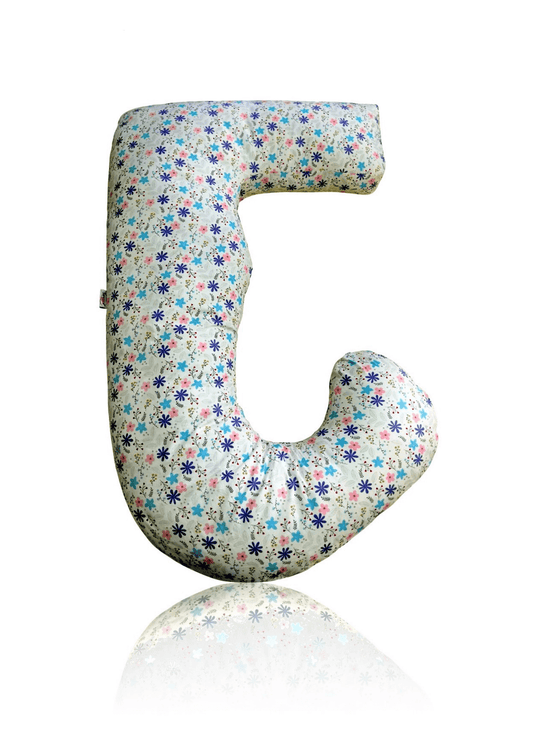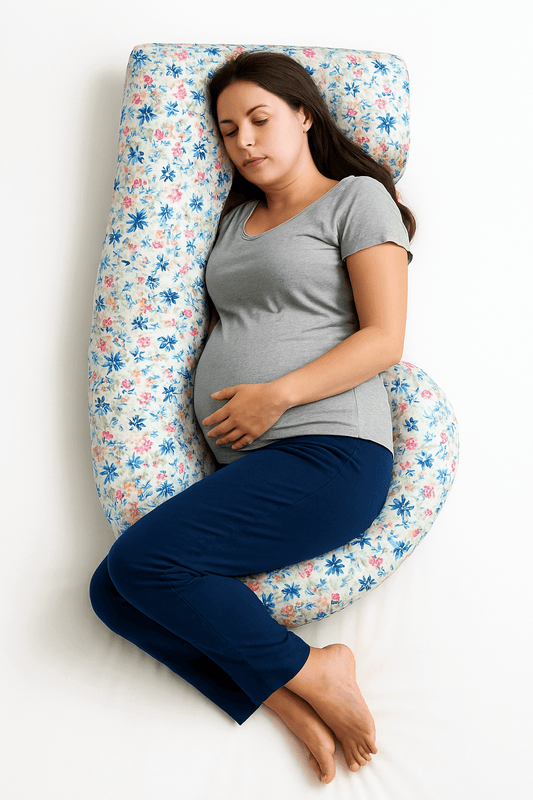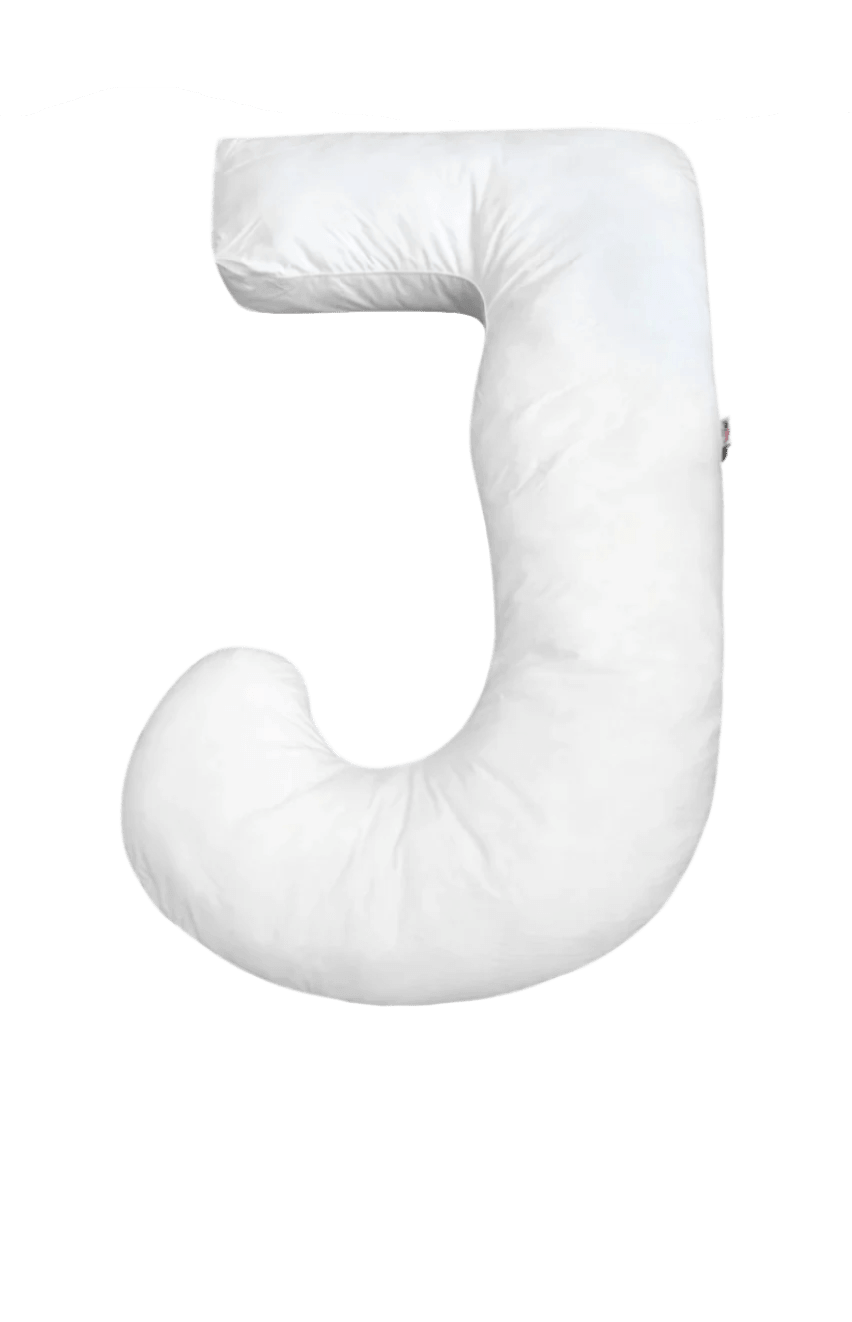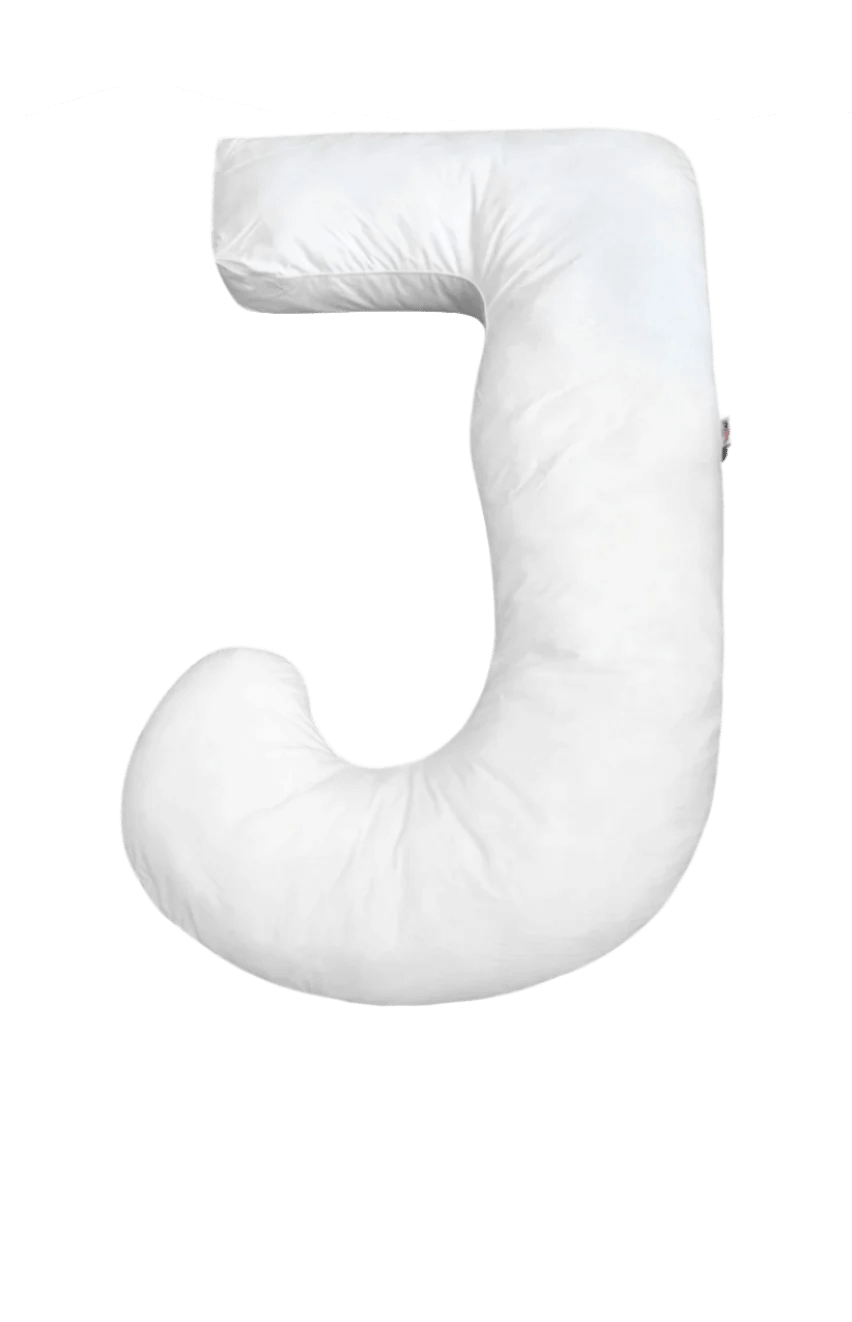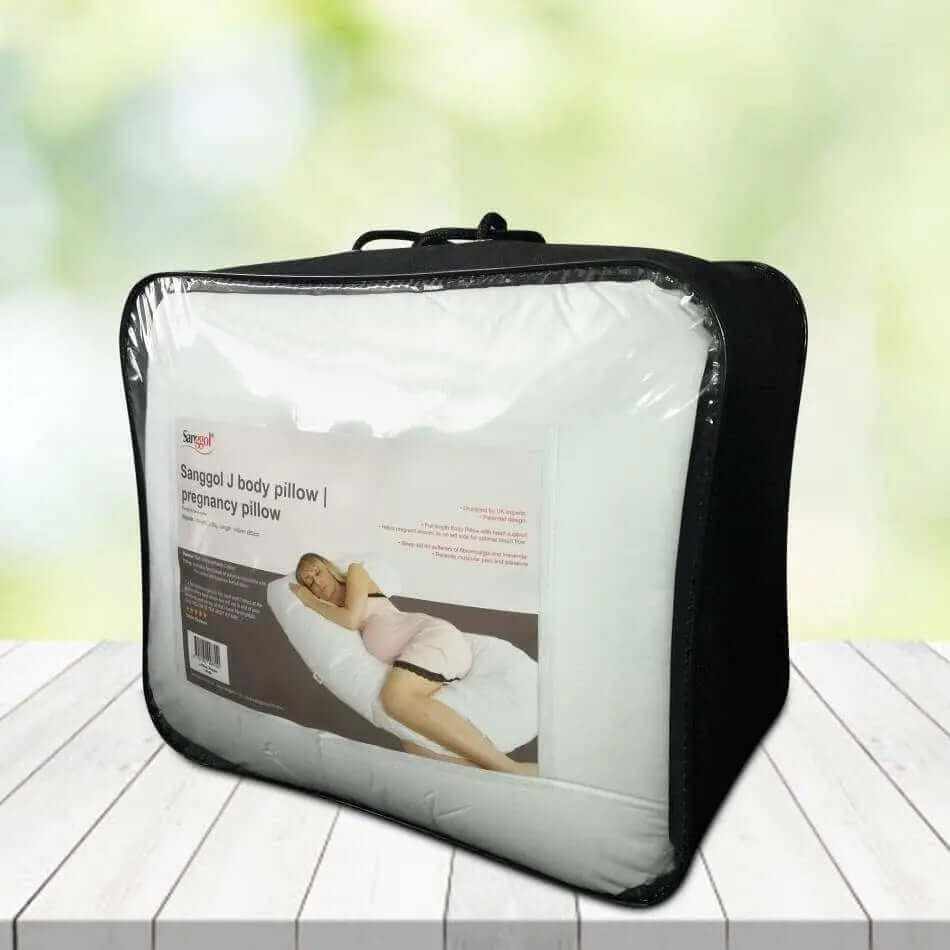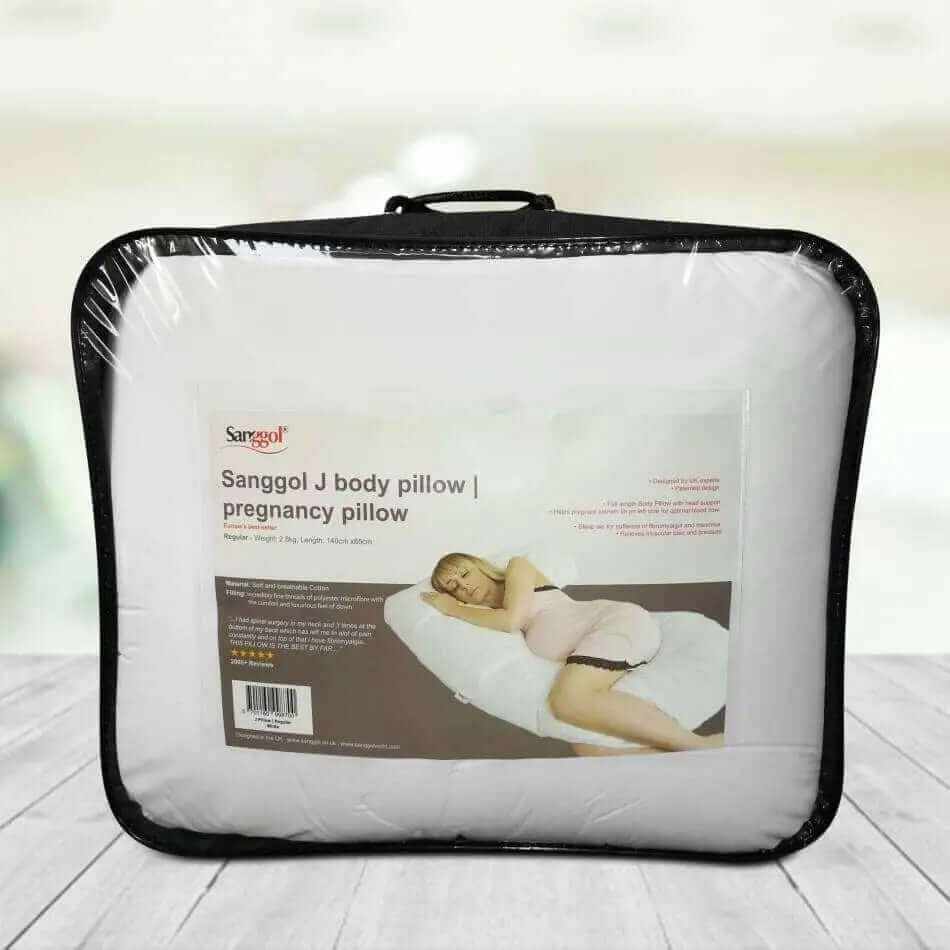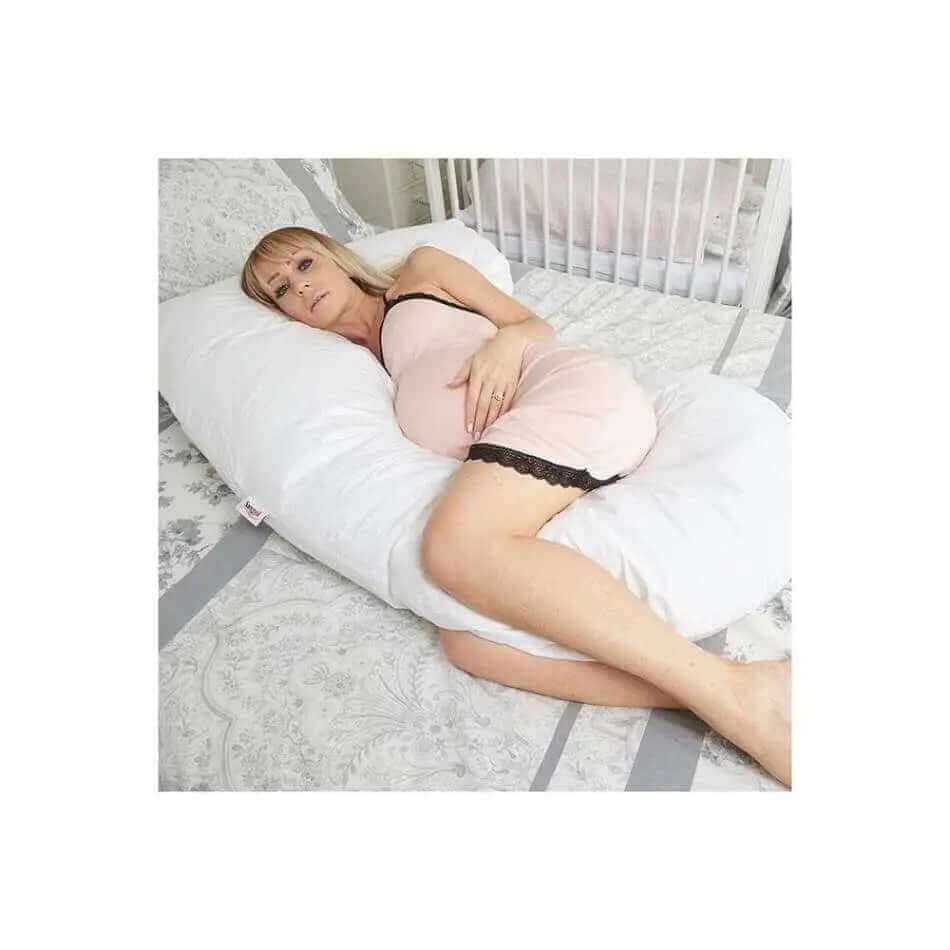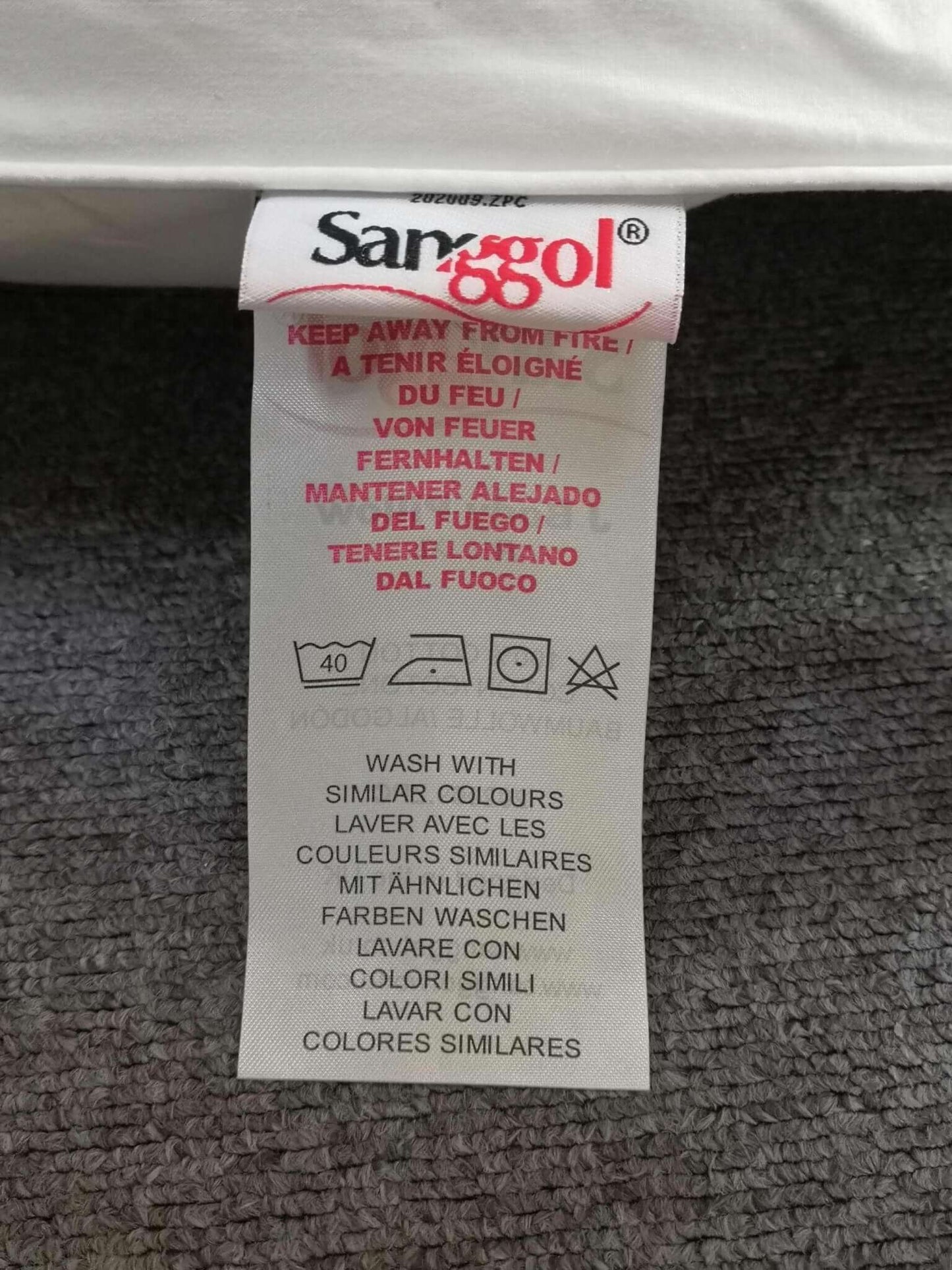Healing After Birth: What to Expect (and What’s Normal)

What to Expect During Post-Birth Recovery — and What’s Completely Normal
Whether it’s your first birth or your third, recovery after a vaginal birth can feel like a mystery. You’re sent home with your newborn, some maxi pads, and vague advice like “get some rest” — all while your body, brain, and heart are doing things you didn’t expect.
This guide is here to help. We’re going to walk through what’s common (but rarely talked about), what might surprise you, and what can help — including the little comforts that make a big difference. There’s no perfect path to healing, but knowing what’s normal can help you feel less alone.
The First Few Days: What’s Actually Happening
Right after birth, your body kicks into intense recovery mode — whether you had a tear or not. While you’re adjusting to feeding, crying, and waking up every two hours, your body is also dealing with:
- Lochia (postpartum bleeding) that can last 4–6 weeks
- Perineal swelling or bruising
- Cramping as your uterus shrinks back to size (especially during breastfeeding)
- Engorgement or leaking breasts
- Night sweats and major hormonal shifts
You might also feel achy all over — like you’ve just run a marathon. (Because, in a way, you have.)
Your uterus shrinks from the size of a watermelon to a pear in the first week after birth — and cramping helps it do that. It’s uncomfortable, but it’s progress.
Perineal Pain, Stitches, and Going to the Toilet
If you had a tear, episiotomy, or just general soreness, healing can take weeks. It’s normal to feel stinging, pulling, or discomfort when walking, sitting, or using the toilet. Many women fear their first post-birth bowel movement — this is incredibly common.
Here’s what helps:
- Using a peri bottle to rinse warm water while peeing
- Sitz baths or warm shallow soaks
- High-fibre foods and stool softeners to ease bowel movements
- Supportive cushions to reduce pressure when sitting
Stitches generally dissolve within 10–14 days, but healing may continue for 6 weeks or more.
Try lying on your side with a supportive pillow between your knees to reduce pelvic strain — especially helpful if you're breastfeeding or co-sleeping.
Emotions and the Postpartum Mind
Hormonal shifts after birth are intense — even if you’re feeling “fine.” In the first few days, estrogen and progesterone levels drop dramatically, which can lead to what’s known as the “baby blues.” These usually pass within two weeks, but stronger emotional symptoms may linger.
- It’s normal to feel weepy, anxious, or irritable
- You may grieve the birth you didn’t have
- You might struggle to bond right away — and that’s okay
If you’re experiencing panic, intrusive thoughts, or overwhelming sadness beyond two weeks, speak to your GP or midwife. You deserve support.
1 in 5 women experience mental health challenges in the year after giving birth. Postnatal support isn’t a luxury — it’s a necessity.
Sleep and Physical Support
Newborns sleep in short bursts — and rarely when you want them to. But even 90 minutes of deep sleep can be restorative when your body is healing. The key is to rest when you can, and make your sleep space work for you.
Struggling to get comfortable at night? Shop our U, J & C-shaped body pillows →
Supportive tools like a body pillow or side-sleeping wedge can relieve pressure from your pelvis, hips, and lower back — especially if you’re sore or nursing overnight.
Breastfeeding Recovery & Challenges
Whether you're nursing or pumping, feeding impacts your recovery. It burns extra calories, affects sleep, and can trigger uterine cramping. Early challenges can include:
- Sore or cracked nipples
- Engorgement or blocked ducts
- Difficult latch or oversupply
Support is essential — don’t hesitate to ask your midwife, lactation consultant, or local breastfeeding group for help. Resting while feeding (especially at night) is also easier with full-body support.
How Long Does Healing Really Take?
There’s no single answer. Some people feel “back to normal” at 6 weeks. Others take months. Many feel physically okay but emotionally raw — or vice versa.
Here’s a rough guideline:
- 0–2 weeks: Rest, bleeding, swelling, emotional adjustment
- 3–4 weeks: Mobility improves, soreness decreases
- 5–6 weeks: GP may clear you for light exercise and sex
- 6–12 weeks: Hormonal balance begins to stabilise, energy improves
Beyond 12 weeks, some mums still need pelvic floor rehab, mental health support, or more time to feel like themselves again — all of this is normal.
Comfort Essentials That Make a Difference
Some things are worth having close at hand in those first few weeks:
- Peri bottle, maternity pads, and soft reusable underwear
- Snacks you can eat one-handed (trust us)
- A spill-proof water bottle
- Body pillow or nursing support pillow
- Phone charger, nipple balm, and gentle lighting by the bed
Also in This Series:
- C-Section Recovery: How to Rest, Heal and Sleep Better
- What to Pack for Labour and Delivery (with Free Checklist)
- Essential Birth Partner Checklist
- Going Back to Work Without the Guilt
Final Thoughts
Healing after birth isn’t about bouncing back — it’s about moving forward, gently. You’ve done something physically and emotionally enormous. You are healing every day, even when it feels slow. Be kind to your body. Be gentle with your heart. And ask for support when you need it. That’s not weakness. That’s wisdom.
